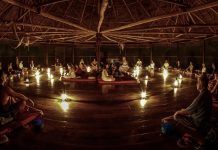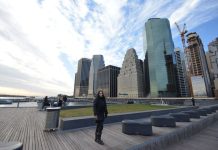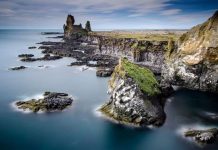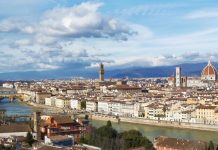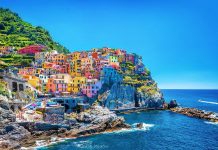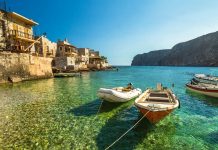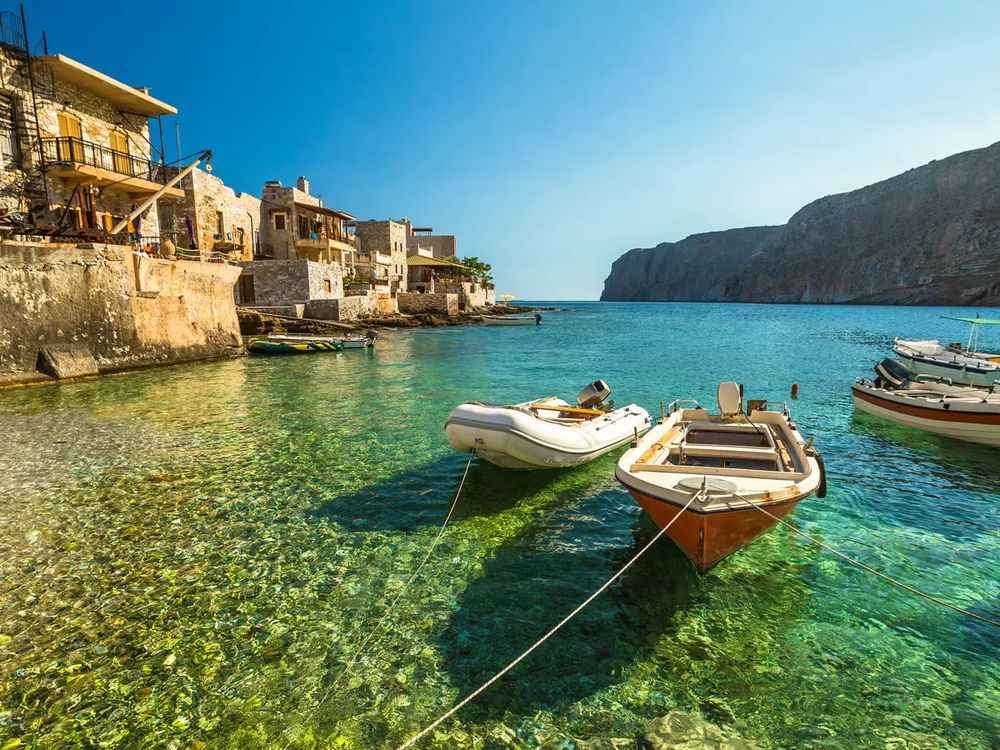Architecture lovers will find a real paradise in Erzurum, where fantastic mosques and madrasas of Seljuks, Saltukids and Mongols compete. Start your tour from the citadel at the top to appreciate the background in the form of steppes and mountains, on which a bizarre city line consisting of billboards and minarets looms.
Erzurum does not rest on the laurels of its historical significance – bustling life fills the streets with sparkling shopping malls, which have created its reputation as a modern business center and transport hub of Eastern Turkey. Despite the fact that it is one of the most pious and conservative cities in the country, it is full of fashionably dressed students who enliven the streets and cafes. With the arrival of winter, the nearby upscale Palandoken ski Resort is burgeoning with nightlife.
History
Occupying a strategic position at the confluence of the routes to Constantinople, Russia and Persia, Erzurum was conquered and lost by Armenians, Persians, Romans, Byzantines, Arabs, Saltuks and Seljuk Turks, Mongols. In 1515, the city was captured by the Ottoman Sultan Selim I the Terrible. Erzurum was conquered by the Russian Empire in 1882, and again in 1916. In July 1919, Ataturk arrived in Erzurum to attend the congress that called for the struggle for the independence of Turkey. The Congress in Erzurum played the most significant role in determining the boundaries of what later became known as the territories of the National Pact – the lands that became part of the Republic of Turkey.
Attractions
Between two madrasahs – Yakutiye and Chifte Minareli – on Cumhuriyet Caddesi Street there is a classic mosque Lala Mustafa Pasha jami, a small Ottoman Kaferia jami and a modest but elegant Ulu Jami, built in 1179 by the Turkic emir of the Saltukid dynasty, who ruled in Erzurum.
Yakutiye Madrasah
Soaring above the square in the very center of the city, this spectacular Mongolian religious school-madrasah dates back to 1310. The Mongols borrowed the basic principles of Seljuk architecture and developed their own variations on this theme, pay attention to the entrance with geometric, floral and animalistic motifs. Of the two original minarets, only the base of one and the lower part of the other have survived; the once magnificent mosaic of tiles would have been in place in Central Asia.
Inside there is an excellent Museum of Turkish-Islamic Art and Ethnography with beautiful exhibits, such as Ottoman manuscripts in the rooms facing the courtyard. The striking central dome is decorated with stalactites in the form of many facets that reflect the light coming through the hole in the center of the vault.
Calais
The best views of Erzurum are opened from the citadel erected by Emperor Theodosius in the 5th century, later the fortress was repeatedly damaged and restored again. Inside there is a spiral staircase and another, with wide steps, to the clock tower of the XII century.
Chifte Minareli Madrasah
Dating from the 1200s, this is the most characteristic image of the city, which was a rich Seljuk city, until it suffered from the invasion of the Mongols in 1242. The building is in a state of restoration until 2015. Its facade recalls how the Seljuks liked to experiment, even striving for symmetry: the pattern on the slabs bordering the entrance is identical in size and location is different. The one on the right shows the Seljuk eagle; the pattern on the left is incomplete.
The twin brick minarets are decorated with eye-catching small blue tiles. The tops of the minarets have long disappeared, having fallen victim to the harsh history of Erzurum.
Walk behind the building to see a large hall with a 12-sided dome at the far end of the main courtyard, viewed from the entrance. The hall served as a Khatuniye turbe – the mausoleum of Huang Khatun, the founder of the madrasah.
Tombs of Yuch Kumbetler
Go south between the Chifte Minareli Madrasah and the Ulu Mosque, go to the T-shaped intersection. There, turn left and immediately right, go up the hill for one block – and you will find these three tombs in a fenced area. Pay attention to the almost conical roofs and ornate side walls.

